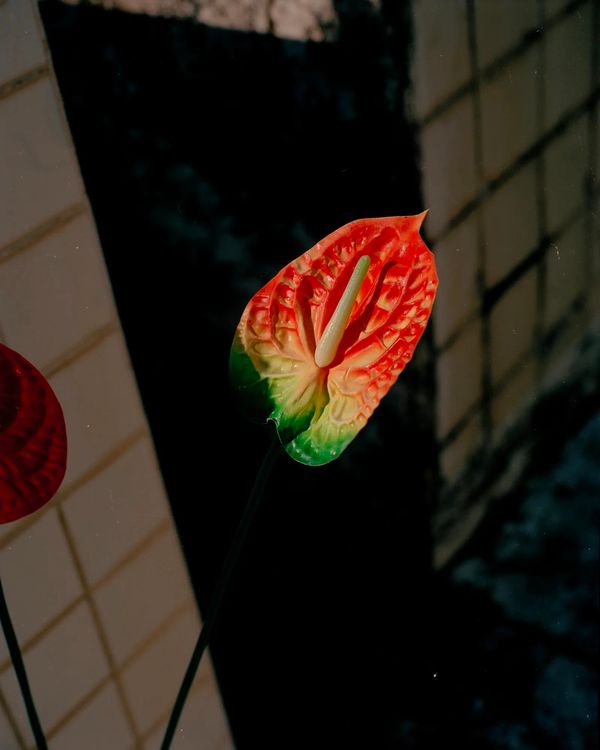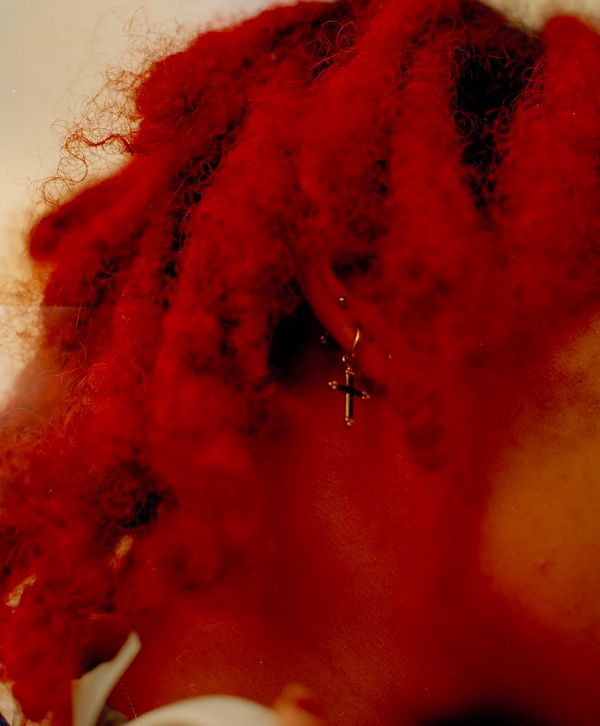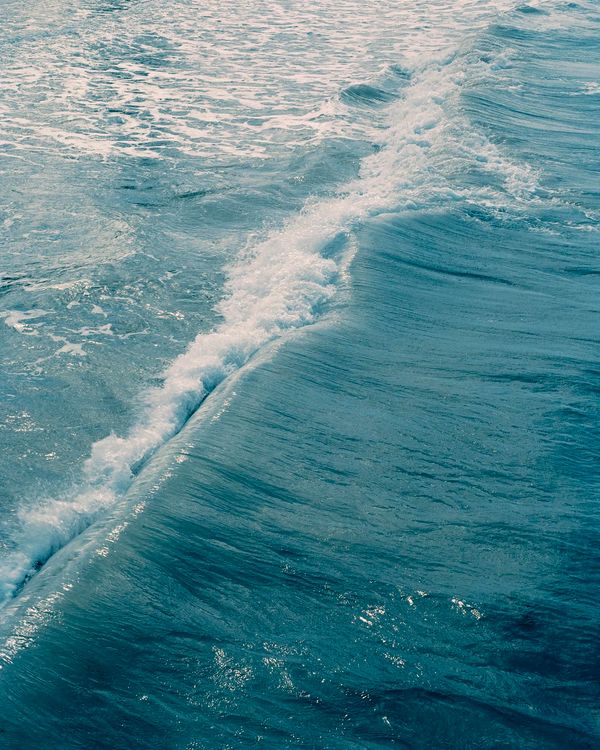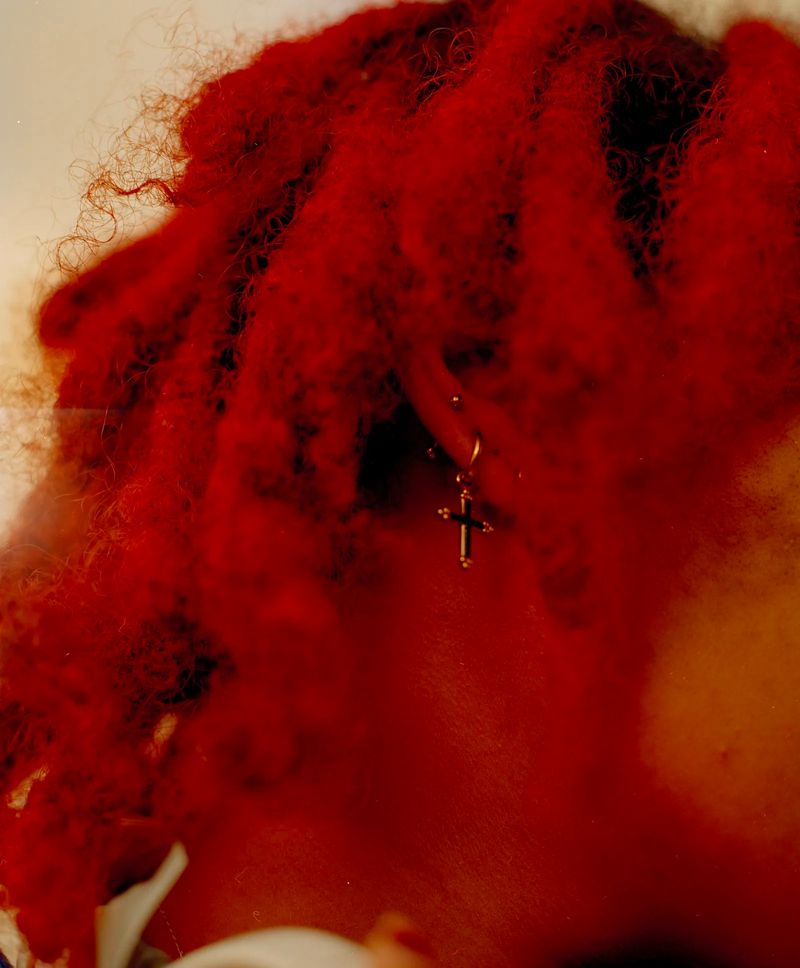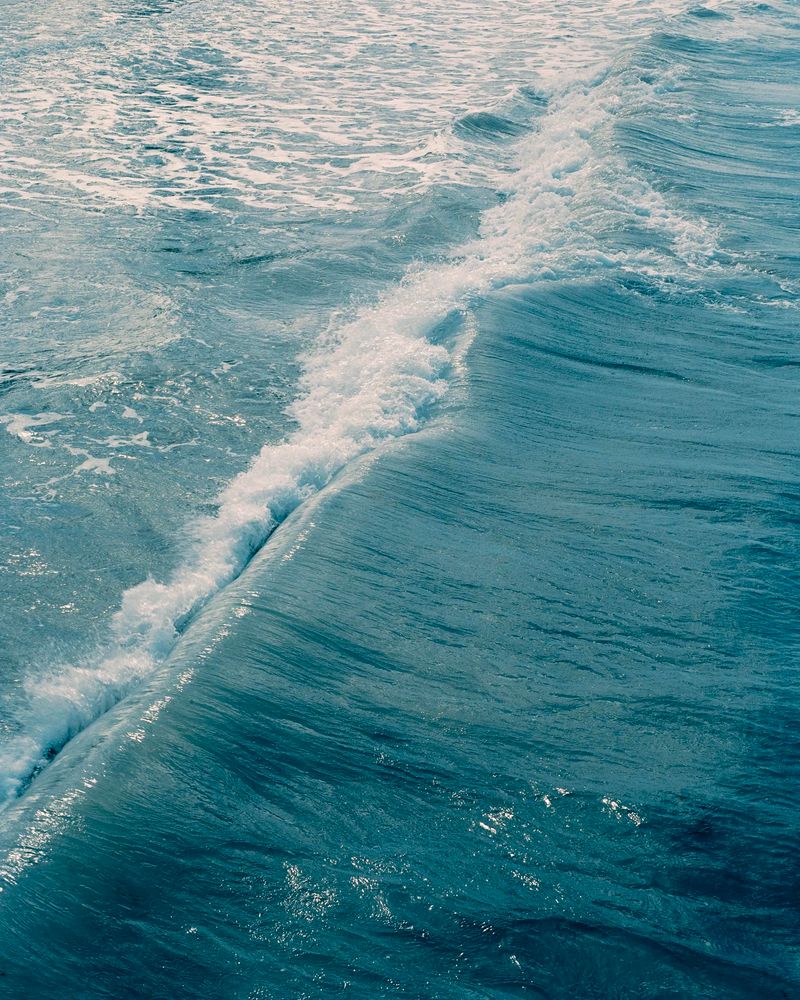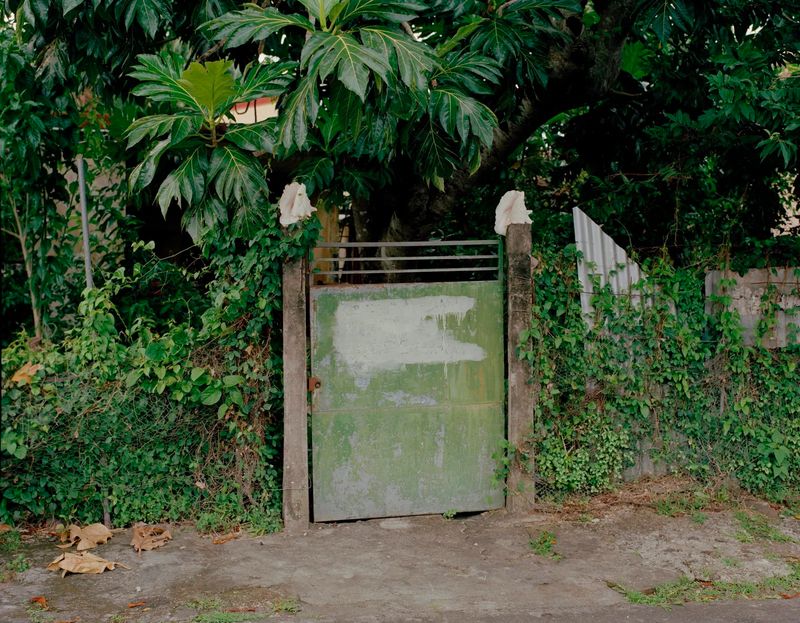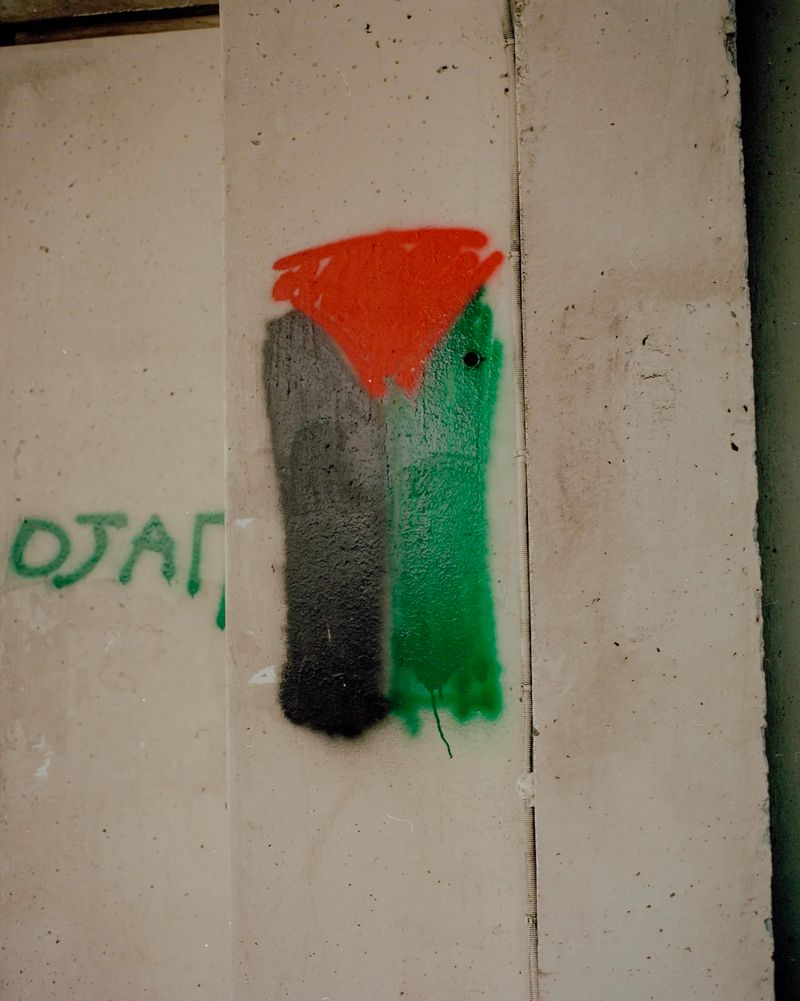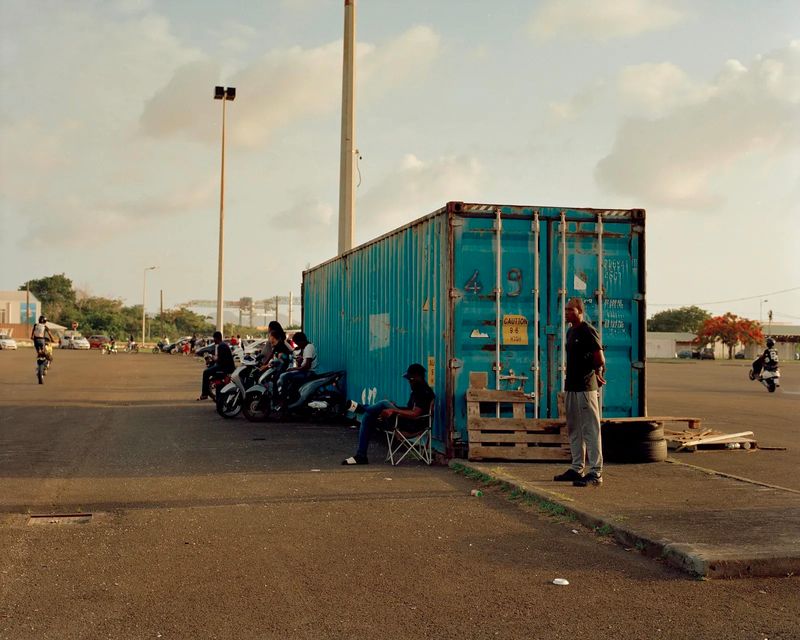Cédrine Scheidig Captures the Essence of Contemporary Caribbean Identity
-
Published21 Dec 2023
-
Author
- Topics Contemporary Issues, Daily Life, Street Photography
Embarking on a visual journey, Scheidig navigates the cultural tapestry of the Caribbean, weaving an intimate narrative unveiling layers of identity, history, and aspiration.
“What does it mean to be a young man in the Caribbean today?” French-Caribbean photographer Cédrine Scheidig ponders, as she reflects on her father’s experience, as a young man, years ago: He moved to France in his twenties, during the 70s, from Guadalupe, the overseas department of France.
Scheidig was born in the Paris suburbs, a lively Caribbean community nestled around them, and was raised amidst this robust interlink between France and the islands. Her upbringing occurred in a unique environment characterized by significant diversity in people's origins, spanning from northern and western Africa to the Caribbean, a dual background many share.
Visiting family in the Caribbean was part of her childhood. Later, she returned as a photographer. She observed an underrepresentation of Caribbean culture within the photography community. Images often carried either a commercial appeal focused on tourism or depicted remnants of the colonial past. Scheidig was determined to create a body of work that authentically captures the contemporary Caribbean and its urban culture.
In Les Mornes, le feu (The Dunes, the Fire), young men are at the heart of Scheidig’s work. We witness them gathering on Sundays with their bikes in a parking lot in Fort-de-France, the capital city of Martinique. Here, they swiftly forge enduring bonds. And the space quickly transforms into a ‘public square’ as the entire community congregates: “It's a space where people create their own entertainments but also create community together,” Scheidig says.
Through photography, she crafts a richer understanding of Guadalupe and Martinique, and this new visual language enables her to perceive Caribbean culture from the viewpoint of a younger generation, distinct from her father's perspective.
In Les Mornes, le feu (The Dunes, the Fire), there are still lifes, urban landscapes, close-ups, but portraits take center stage. Photographing young men evokes memories of her father and the kind of young man he was. But she delves deeper, probing into the idea of masculinity in the Caribbean. “I work on masculinity because I like this idea to give more sensitive representations of black young men or black bodies.”
She finds it challenging to give singularity to these bodies as they tend to be blended by media into a homogeneous, anonymous mass, often disregarding their full humanity—uniqueness, autonomy, and complexity of individuals. “Portraiture for me is this direct encounter with someone that is very singular and also this very powerful personality that can show through the picture.” Clothes, jewelry, small details become part of the story. “It says something about the way people live, the way people experience themselves, the way they want to be seen.”
In contrast to previous generations, like her father's who exhibited a notable closeness to France and its culture, the newer generation displays a less pronounced connection. Among those she has photographed, there's a heightened sense of belonging to a space more proximate to the Americas due to its geographical location and the historical context of colonialism, settlements, and slavery. Somehow she notes, those ties are much stronger now with those regions compared to a country that is more than 7,000 kilometers away, on the other side of the ocean.
“After years, and generations, of identifying to white people and realizing […] it’s alienating… we need to find other ways of identifying that makes us feel good, that looks like us and that speaks to our history.”
Scheidig captures the image of Martinique's unofficial flag painted on a wall—a striking contrast of vibrant green, red, and black hues—a symbolic representation of the community's aspiration for autonomy. This flag is a little bit everywhere, and its colors resonate strongly in Scheidig's photos: the lush green reminiscent of the flourishing Caribbean nature, the red showcased in the attire or hairstyles of the men she portrays. Finally, these hues echo in a flower—a bicolored anthurium—bathed in sunlight.
--------------
All photos © Cédrine Scheidig, from the series Les Mornes, le feu (The Dunes, the Fire)
--------------
Cédrine Scheidig is a French-Caribbean photographer living in Paris. She works between France and the Caribbean. Her imagery explores transcultural identities and personal narratives, addressing a wide range of thematics such as post-colonial history, modern mobilitites, relationship to nature and self-discovery. Find her work on PhMuseum and Instagram.
Lucia De Stefani is a writer and editor focusing on photography, illustration, and everything teens. She lives between New York and Italy. Find her on Instagram and Twitter.
